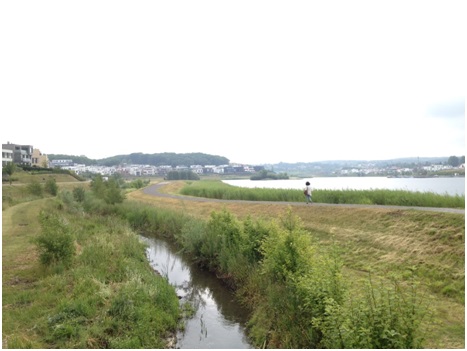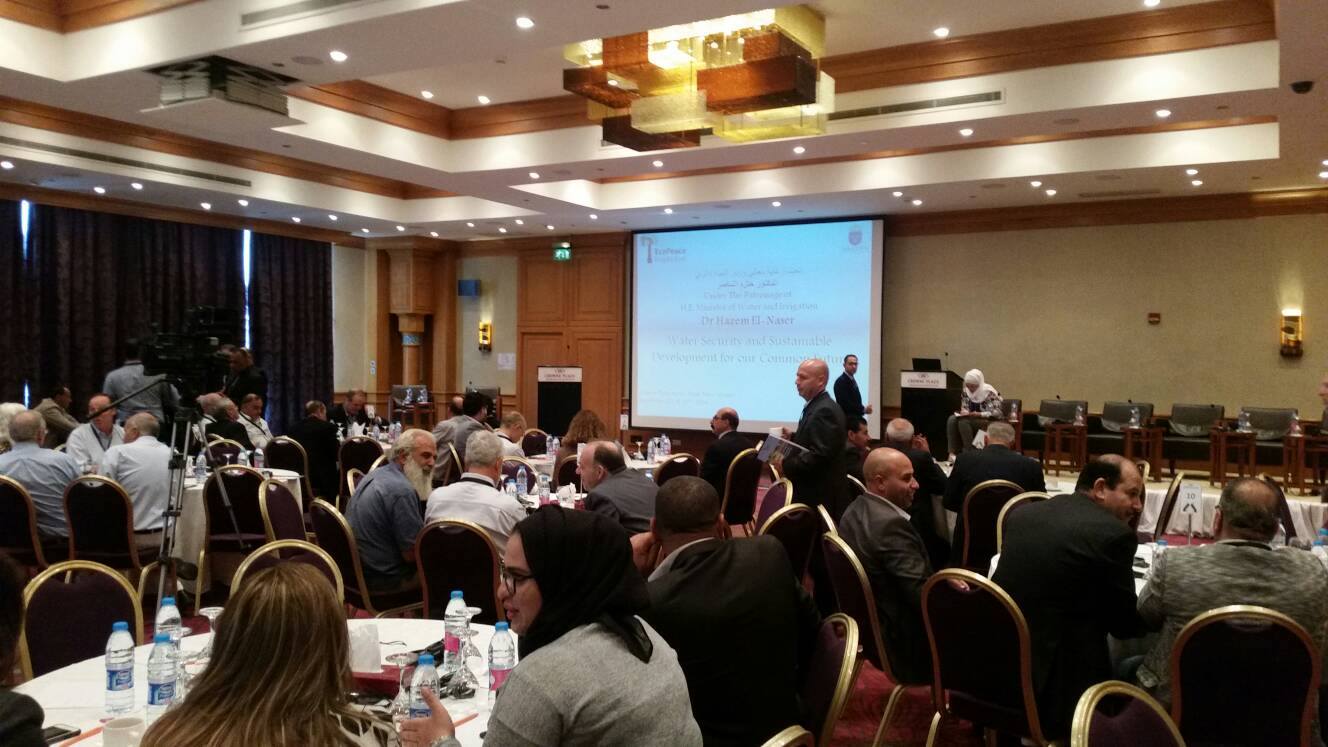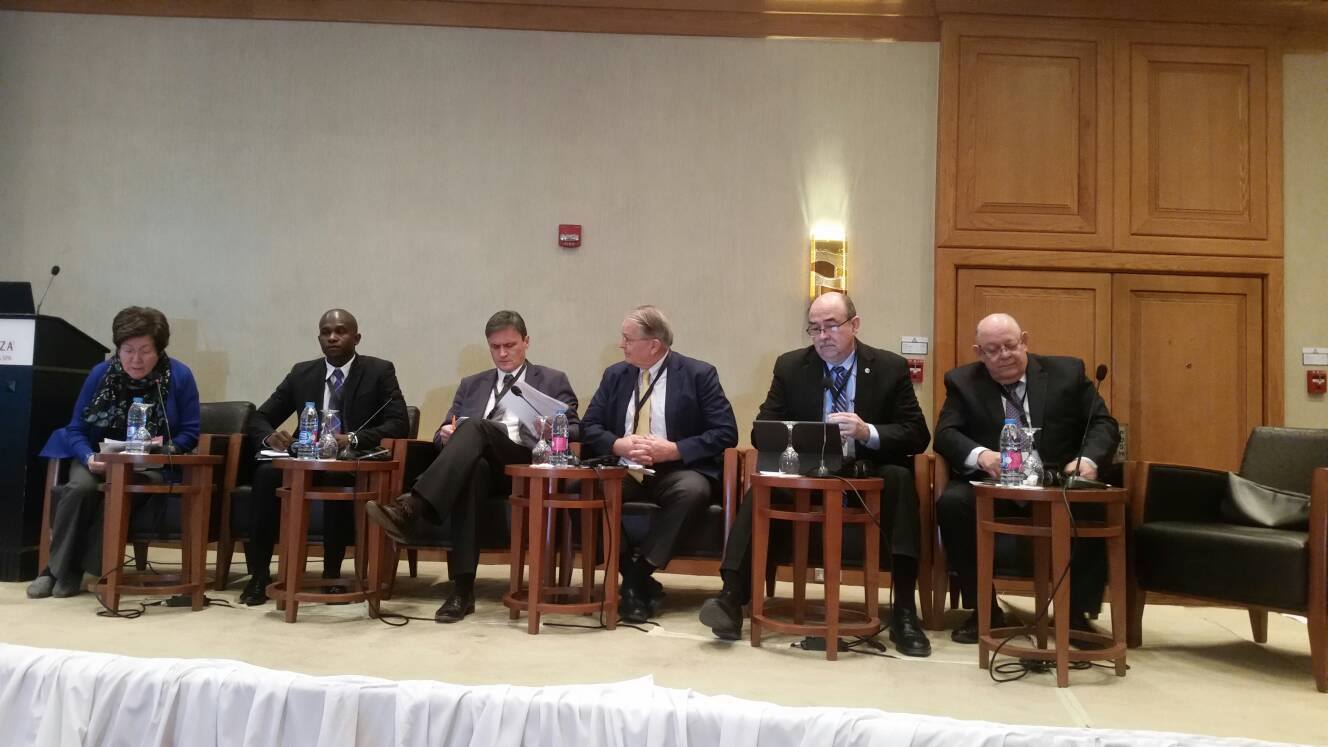Vulnerability Assessments for Socio-ecological Systems
Linking ecological vulnerability and socio-economic vulnerability
GIZ 2016 from Marshall et. al., 2009
Vulnerability assessment at local level
GIZ Vietnam, 2016
Mapping of Socio-Ecological System (SES) Elements
GIZ Vietnam, 2016
Vulnerability matrix for a specific SES
GIZ Vietnam 2016
The EbA vulnerability assessments (VA) provide an overview of climate change hotspots and identify priorities for Action at the the macro- (Provincial-level) and micro-level (community or local-scale). The Macro-level VA uses existing information on province’s ecological, social and economic assets and climate change projection and identifies specific “hot spots” that require cloer attention. It enables a province to get a comprehensive overview of climate change issues and identify priorities for action. The micro-level VA focuses on a selection hot-spots and repeats the analysis, applying more conventional bottom-up methods of field work, local data collection and stakeholder participation. The key concept here is VA for Socio-Ecological System (SES) incl. the following: Scoping the provincial context for climate change to identify and prioritize the important issues ; Identification of SES and key economic assets based on economic, social and ecological profiles, and using the expert judgment based on Google Earth to identify different types of land cover, infrastructure and human activities; VA of SES and KEA including assessment of impacts, adaptive capacities, vulnerabilities; Identifying EbA and other Adaptation Options.
-Active support of relevant provincial departments in collecting data, information, field work as well as availability for discussion and consultation with expert team.
-Available datasets on digital formats as well as time series for socio-economic sectors, land cover maps, etc.
-Good climate, social, economic, and ecological database in time series is very important to provide scientifically sound assessments and recommendations
-Interdisciplinary and inter-department coordination is very important because climate change, climate change adaptation are cross-cutting issues and go beyond mandates of a single department,
-Local knowledge and local participation is very important to identify their local climate change problems and propose their locally-tailor made EbA solutions,
-Innovation and flexibility in application of EbA vulnerability assessment is a key to success to adapt with existing data and information and local contexts.
-Participation of local government officers ensures that findings and recommendations of EbA will be taken up and translated into policy and guidances.










